Asuka and Sakurai Attractions
Showing 21 results on this page
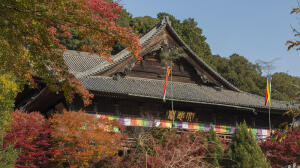
Cherry blossoms and Kannon statue
View details →
Omiwa Shrine honors Mount Miwa as a sacred god. See the rare triple torii gate with a priest’s guide and enjoy the quiet forest path to nearby Hibara Shrine.
View details →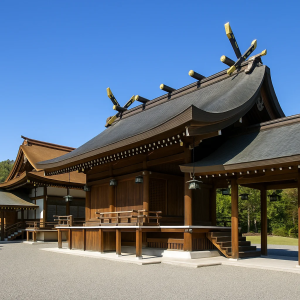
Kashihara Shrine is a peaceful forest shrine honoring Japan’s first emperor. Enjoy scenic walks, historic buildings from Kyoto, and a deep connection to Japan’s early history.
View details →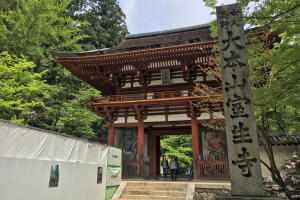
Muroji Temple offers a tranquil retreat in the mountains near Sakurai City. Famous for its wooden structures and rich history, it’s a peaceful place for spiritual reflection and breathtaking views.
View details →
Tanzan Shrine near Sakurai is known for its 13-story pagoda, stunning fall colors, hillside setting, and lively food stalls during peak autumn leaf season in November.
View details →
Asukadera Temple in Asuka features Japan’s oldest Buddha statue, a peaceful setting, and deep history dating back to 596, making it a fascinating spot for culture lovers.
View details →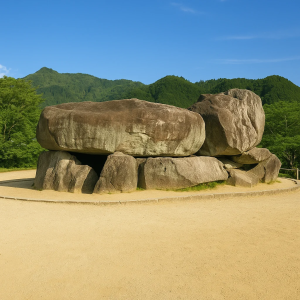
Ishibutai Tomb features giant stones forming an ancient burial chamber believed to house Soga Umako. Walk inside and explore its powerful history in a quiet Asuka park.
View details →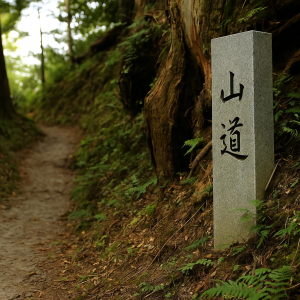
Yamanobe-no-michi Trail offers a scenic walk through villages, shrines, temples, and ancient tombs, linking Omiwa Shrine in Sakurai to Isonokami Shrine in Tenri.
View details →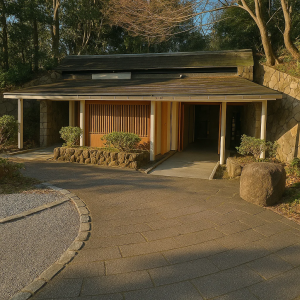
Takamatsuzuka Tomb shows off colorful murals of Asuka Beauties, male figures, and mythical creatures. See lifelike recreations in the nearby Mural Hall set in a peaceful park.
View details →
Amakashi Hill offers stunning views of Yamato's three mountains and has ties to the powerful Soga clan, with historic spots and peaceful countryside all around.
View details →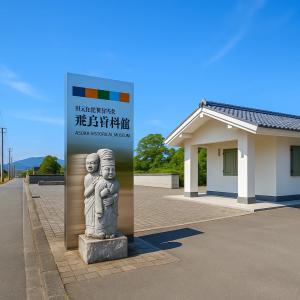
The Asuka Museum explores the Asuka Period with ancient stone fountains, historical reconstructions, and exhibits that showcase early Japanese culture and art.
View details →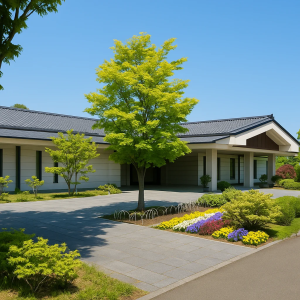
Complex of Manyo Culture blends art, poetry, and history in a museum featuring ancient coins, immersive exhibits, modern art, and poems rooted in the scenic Asuka region.
View details →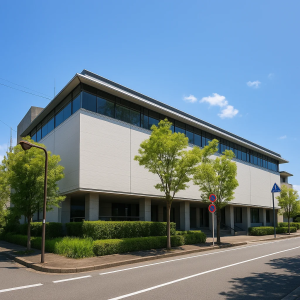
Archaeological Institute of Kashihara offers a deep dive into Japan’s early history with ancient artifacts, tomb discoveries, and exhibitions from Jomon to Muromachi periods.
View details →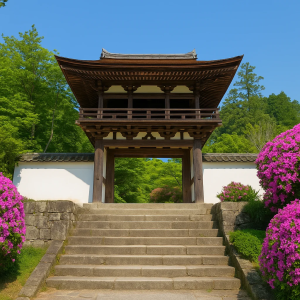
Chogakuji Temple features seasonal gardens, rare Buddhist art, and a September lantern festival where the temple glows with hundreds of soft candlelit lanterns.
View details →
Isonokami Shrine in Tenri is one of Japan’s oldest shrines, linked to ancient swords, myths, and the Mononobe clan. Set in cedar forests, it ends the scenic Yamanobe-no-michi Trail.
View details →
Hibara Shrine, once home to Amaterasu’s spirit, offers scenic views and a unique sunset sight during equinoxes, with three torii gates facing sacred Mt. Miwa.
View details →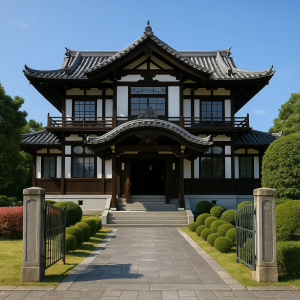
Hanairaka Information Center offers a model of historic Imaicho and old photos that bring the town’s merchant history to life—perfect before or after exploring the preserved streets.
View details →
Imanishi House in Imaicho is a grand Edo-period home that also served as a town court. Bookings are required, but same-day visits are possible with help from the Hanairaka Center.
View details →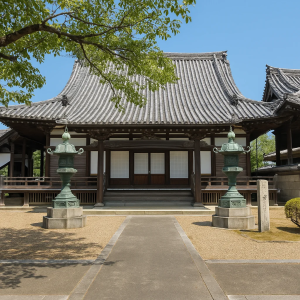
Shonenji Temple in Nara's Imai-cho district is a peaceful historic site where Emperor Meiji once stayed. A key temple of the Honganji sect, it's now under preservation as a cultural treasure.
View details →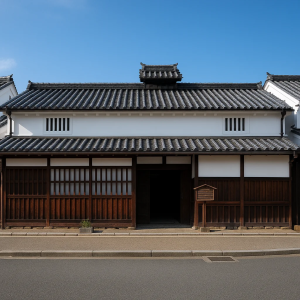
Yonetani Residence in Kashihara is a free-to-enter Edo-era townhouse with a rare 5-room layout and film ties to Rurouni Kenshin, perfect for architecture and history lovers.
View details →